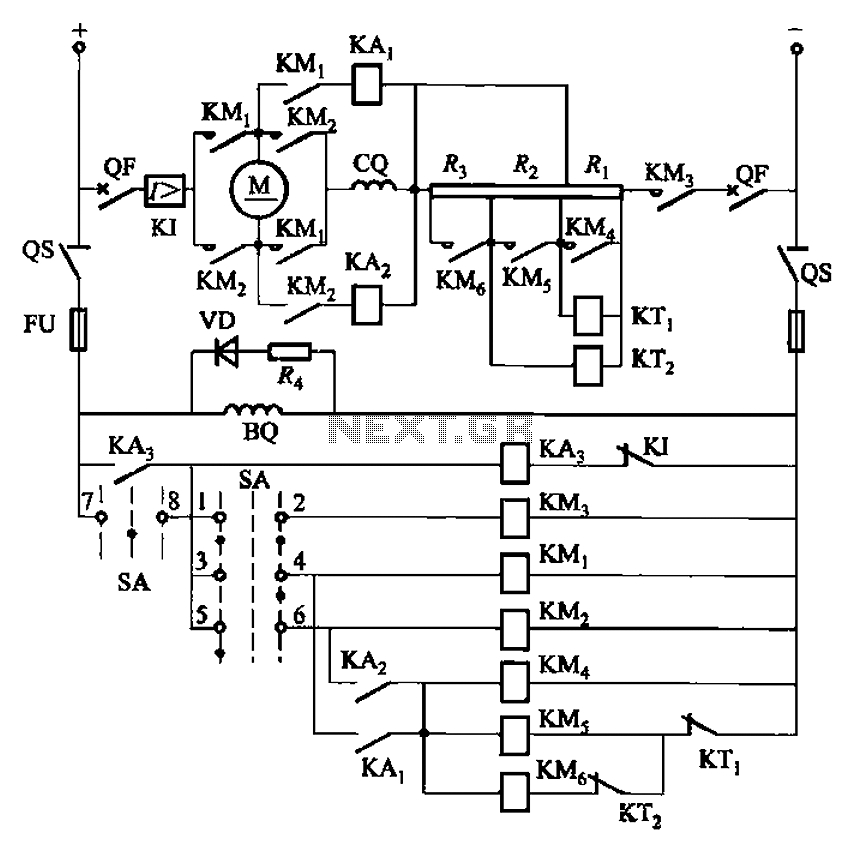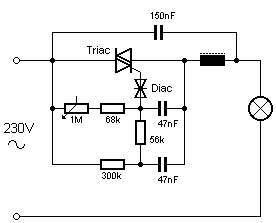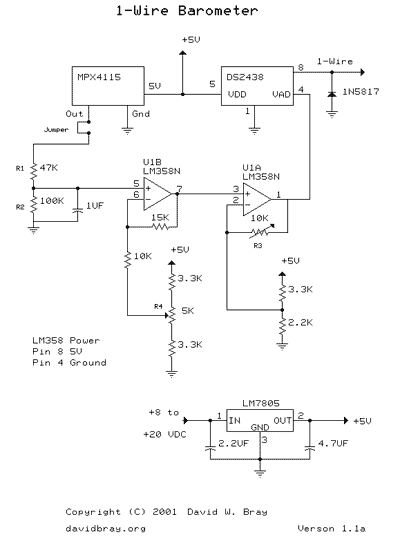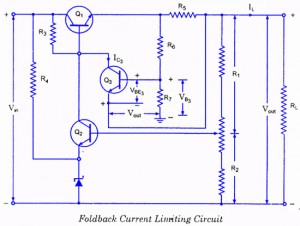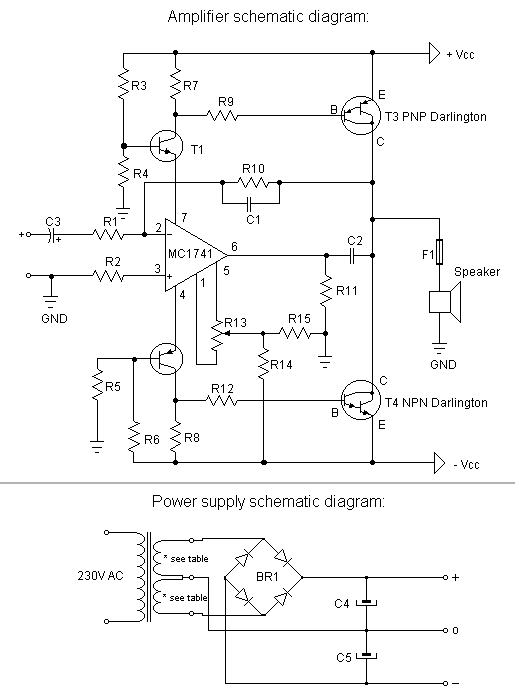
Motorola MaxTrac Radius and GM300 Series Introductory Information

This page focuses on radios marketed in the USA, compiled by residents familiar with these products. Contributions regarding non-USA radios are welcome, and a region-specific page could be created. The MaxTrac, Radius, and GM300 series have inspired additional radio designs sold globally, customized for local markets with specific model numbers. For instance, the UK/European region has models not available in the USA, like the GM900, while Australia offers models not seen in Europe or the USA. An example of a non-local radio includes the Moto Australia 64-channel Radius mobiles and 16-channel GP300 handhelds, designed for the Asian market, particularly the Philippines. These radios would likely be popular in the USA Amateur market for the 219-225 MHz band. There is interest in importing these radios into the USA in small quantities.
It is important to note that regardless of the model tag, no MaxTrac, Radius, M-series, or GM300 mobile will operate across the entire frequency range specified on its label. Each unit operates only within a specific portion of that frequency range, known as a "split," "bandsplit," or "range." This limitation is due to design constraints governed by the laws of physics. For example, a GM300 designed for 490-520 MHz cannot be used effectively on a 462 MHz GMRS frequency; doing so would render it unusable. Changing the frequency range of a MaxTrac, Radius, or GM300 series radio is not practical.
In the MaxTrac series (including MaxTrac 50 and MaxTrac 300 models), Radius "LRA" series (including M100, M120, M204, M208, M214, and M216 models), and GM300 series (including M10, M130, and GM300 models), the third character in the model number indicates the frequency band. For example, 'a1' indicates 30-50 MHz (low band), 'a3' indicates 136-174 MHz (high band), and 'a4' indicates 406-520 MHz (UHF). 'A5' indicates either 800 or 900 MHz, with '5' reserved for 800 MHz and '7' indicating 900 MHz.
To determine the split of a radio, two methods are available: opening the radio to inspect the RF board part number or using Motorola Radio Service Software (RSS) to read the radio. For those unfamiliar with radio programming, it is recommended to refer to the "RSS and RIB" page on the Motorola website. UHF MaxTracs were produced for 406-430 MHz and 449-470 MHz. Operating below 449 MHz, which is the range used in the USA for amateur radio repeaters, may require patching the RSS, retuning the VCO, and modifications for manual power and deviation control. Generally, unmodified UHF MaxTracs are not well-suited for operation below 449 MHz. The RF board is not the only component that varies between splits, but it is the most straightforward to check. To verify, remove the top cover of the radio, lift the shield on the RF board, and observe the number stamped in black ink.This page is oriented towards the USA marketed radios, simply because it was compiled by USA residents; we described the radios we are familiar with. If anyone would care to share information on the non-USA radios we`d be happy to add them on this page, or even create a region-specific page.
The MaxTrac, Radius and GM300 series fathered additional radio designs that are/were sold all over the world, and the products were customized for the local marketplace with region-specific model numbers. As one example the UK/European region has models that are never seen in the USA (like the GM900), and the Australian market has models that are never seen in Europe or the USA.
As one specific example of non-local radios, Moto Australia makes 64channel Radius mobiles and 16channel GP300 handhelds that cover 220-240MHz for the Asian market (specifically the Philippines). Those radios would be very popular in the USA Amateur market for the 219-225Mhz band. If anyone has a way to bring them into the USA, even in small quantities, that would be interesting as well.
just contact the author. 1) No matter WHAT the model tag says, no MaxTrac, Radius, M-series or GM300 mobile will ever operate over the entire frequency range listed on its model tag/label. Each unit will do only a portion of that model tag frequency spread, called a "split", a "bandsplit" or a "range".
This is due to the design, and the design follows the laws of physics. In short, if you buy the wrong range radio for your application (one example is a GM300 built for 490-520MHz and you want to use it on a 462MHz GMRS frequency) you will have a nice doorstop. It is not practical to range-change a MaxTrac, Radius, or GM300 series radio. On the MaxTrac (which includes the Maxtrac 50 and Maxtrac 300 models), the Radius "LRA" (which includes the M100, M120, M204, M208, M214 and M216 models) and GM300 series (which includes the M10, M130 and GM300 models) radios the third character in the model number indicates the frequency band where a1indicates 30-50MHz (low band), a3indicates136-174MHz (high band), and a4indicates406-520MHz (UHF).
A5indicates either 800 or 900MHz, later on 5 was reserved for 800MHz and a 7 indicated 900MHz. MaxTrac "MGA", "MJA", "MQA", "MWA" series: Unfortunately, there are only two ways to determine the split of your radio. You have to either open the radio up and look at the part number of the RF board, or you have to read the radio (with the appropriate Motorola Radio Service Software, commonly called RSS).
If radio programming, the RIB and the RSS are new to you then I suggest you read the "RSS and RIB" page on the Motorola page at this web site, and scroll down on this page to the heading below titled "Programming and the Radio Service Software (RSS)". UHF Maxtracs were made for 406-430MHz and for 449-470MHz. Operation below 449MHz (the range used in the USA for amateur radio repeaters) requires patching the RSS, retuning the VCO, and occasionally may require modifying the radio for manual power and deviation control.
In general, unmodified UHF Maxtracs are not happy operating much below 449MHz. Note that the RF board is not the only part that changes between splits, it`s simply the easiest one to check. Just take the top cover off your radio then lift the shield on the RF board and look at the number stamped in black ink.
This link jumps into the middle of the article page: MaxTrac, MaxTrac 50, 100, 300, 820, 840, LS, Radius M100, M120, M206, M208, M214, M216, and VR100. 🔗 External reference
It is important to note that regardless of the model tag, no MaxTrac, Radius, M-series, or GM300 mobile will operate across the entire frequency range specified on its label. Each unit operates only within a specific portion of that frequency range, known as a "split," "bandsplit," or "range." This limitation is due to design constraints governed by the laws of physics. For example, a GM300 designed for 490-520 MHz cannot be used effectively on a 462 MHz GMRS frequency; doing so would render it unusable. Changing the frequency range of a MaxTrac, Radius, or GM300 series radio is not practical.
In the MaxTrac series (including MaxTrac 50 and MaxTrac 300 models), Radius "LRA" series (including M100, M120, M204, M208, M214, and M216 models), and GM300 series (including M10, M130, and GM300 models), the third character in the model number indicates the frequency band. For example, 'a1' indicates 30-50 MHz (low band), 'a3' indicates 136-174 MHz (high band), and 'a4' indicates 406-520 MHz (UHF). 'A5' indicates either 800 or 900 MHz, with '5' reserved for 800 MHz and '7' indicating 900 MHz.
To determine the split of a radio, two methods are available: opening the radio to inspect the RF board part number or using Motorola Radio Service Software (RSS) to read the radio. For those unfamiliar with radio programming, it is recommended to refer to the "RSS and RIB" page on the Motorola website. UHF MaxTracs were produced for 406-430 MHz and 449-470 MHz. Operating below 449 MHz, which is the range used in the USA for amateur radio repeaters, may require patching the RSS, retuning the VCO, and modifications for manual power and deviation control. Generally, unmodified UHF MaxTracs are not well-suited for operation below 449 MHz. The RF board is not the only component that varies between splits, but it is the most straightforward to check. To verify, remove the top cover of the radio, lift the shield on the RF board, and observe the number stamped in black ink.This page is oriented towards the USA marketed radios, simply because it was compiled by USA residents; we described the radios we are familiar with. If anyone would care to share information on the non-USA radios we`d be happy to add them on this page, or even create a region-specific page.
The MaxTrac, Radius and GM300 series fathered additional radio designs that are/were sold all over the world, and the products were customized for the local marketplace with region-specific model numbers. As one example the UK/European region has models that are never seen in the USA (like the GM900), and the Australian market has models that are never seen in Europe or the USA.
As one specific example of non-local radios, Moto Australia makes 64channel Radius mobiles and 16channel GP300 handhelds that cover 220-240MHz for the Asian market (specifically the Philippines). Those radios would be very popular in the USA Amateur market for the 219-225Mhz band. If anyone has a way to bring them into the USA, even in small quantities, that would be interesting as well.
just contact the author. 1) No matter WHAT the model tag says, no MaxTrac, Radius, M-series or GM300 mobile will ever operate over the entire frequency range listed on its model tag/label. Each unit will do only a portion of that model tag frequency spread, called a "split", a "bandsplit" or a "range".
This is due to the design, and the design follows the laws of physics. In short, if you buy the wrong range radio for your application (one example is a GM300 built for 490-520MHz and you want to use it on a 462MHz GMRS frequency) you will have a nice doorstop. It is not practical to range-change a MaxTrac, Radius, or GM300 series radio. On the MaxTrac (which includes the Maxtrac 50 and Maxtrac 300 models), the Radius "LRA" (which includes the M100, M120, M204, M208, M214 and M216 models) and GM300 series (which includes the M10, M130 and GM300 models) radios the third character in the model number indicates the frequency band where a1indicates 30-50MHz (low band), a3indicates136-174MHz (high band), and a4indicates406-520MHz (UHF).
A5indicates either 800 or 900MHz, later on 5 was reserved for 800MHz and a 7 indicated 900MHz. MaxTrac "MGA", "MJA", "MQA", "MWA" series: Unfortunately, there are only two ways to determine the split of your radio. You have to either open the radio up and look at the part number of the RF board, or you have to read the radio (with the appropriate Motorola Radio Service Software, commonly called RSS).
If radio programming, the RIB and the RSS are new to you then I suggest you read the "RSS and RIB" page on the Motorola page at this web site, and scroll down on this page to the heading below titled "Programming and the Radio Service Software (RSS)". UHF Maxtracs were made for 406-430MHz and for 449-470MHz. Operation below 449MHz (the range used in the USA for amateur radio repeaters) requires patching the RSS, retuning the VCO, and occasionally may require modifying the radio for manual power and deviation control.
In general, unmodified UHF Maxtracs are not happy operating much below 449MHz. Note that the RF board is not the only part that changes between splits, it`s simply the easiest one to check. Just take the top cover off your radio then lift the shield on the RF board and look at the number stamped in black ink.
This link jumps into the middle of the article page: MaxTrac, MaxTrac 50, 100, 300, 820, 840, LS, Radius M100, M120, M206, M208, M214, M216, and VR100. 🔗 External reference
